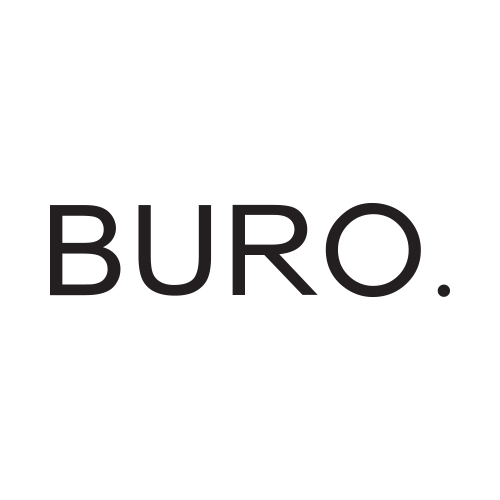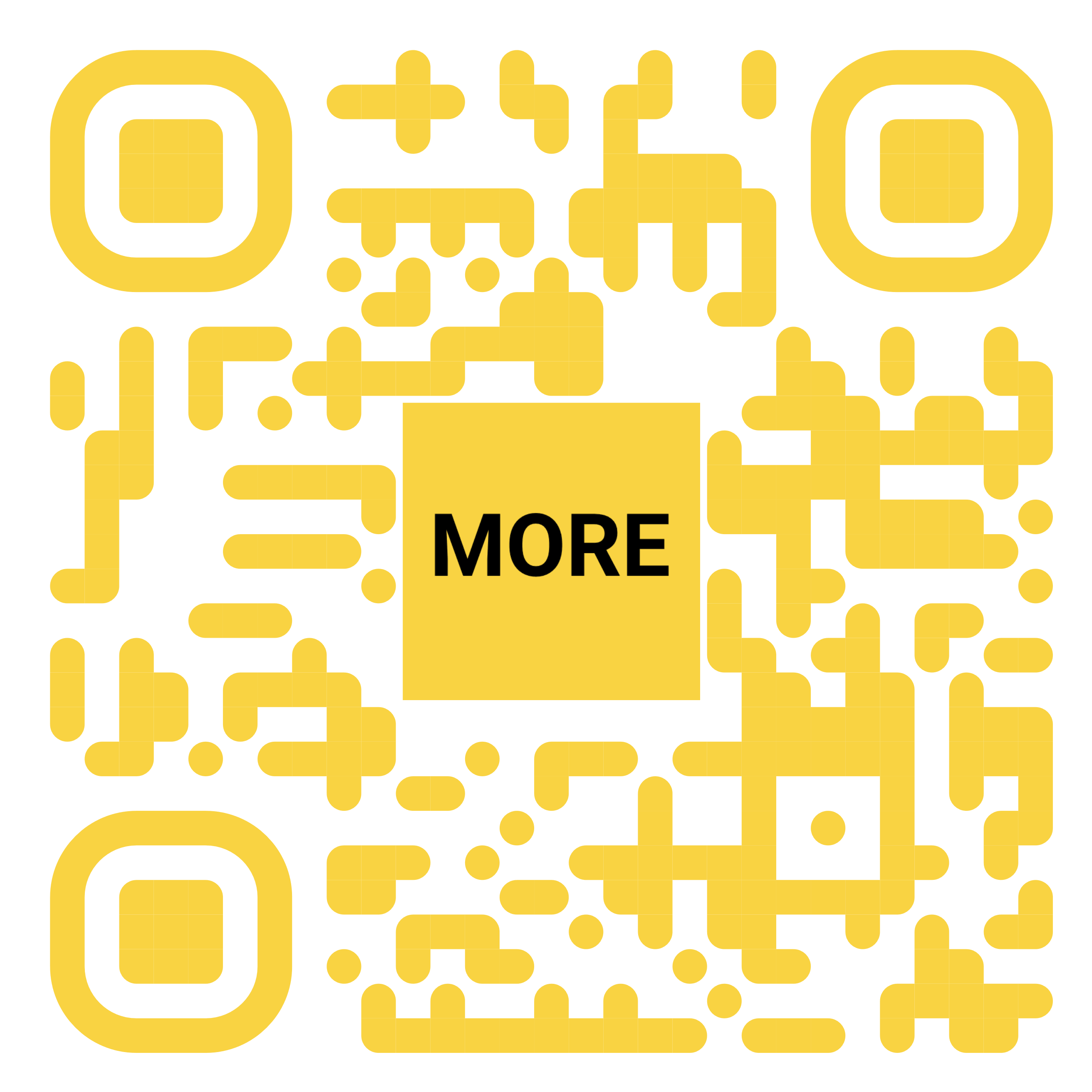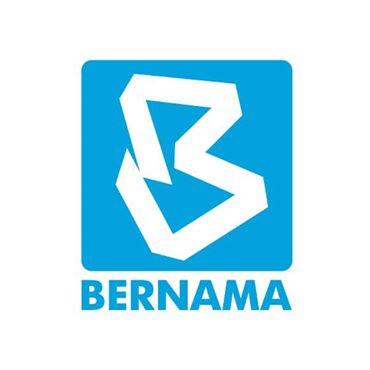Loewe Marks Debut of Jack McCollough and Lazaro Hernandez
3 days ago
Loewe’s Spring/Summer 2026 show in Paris unfolded under an atmosphere of measured expectation. All eyes were on Jack McCollough and Lazaro Hernandez, newly appointed as creative directors after Jonathan Anderson’s influential decade at the helm. Anderson had transformed the brand into a reference point for artful craftsmanship and conceptual daring. Stepping into that legacy demanded confidence tempered with care. The two designers—renowned for their modern sensibility at Proenza Schouler—came into this moment carrying both ambition and deference. Their debut would test how convincingly they could belong in Loewe’s lineage even as they begin to reshape it.
The venue reinforced that tension. In the gardens of Cité Internationale Universitaire de Paris, the team erected a stark white cube, pierced only by rows of tiled benches and the glow of Ellsworth Kelly’s Yellow Panel with Red Curve at the entrance. That artwork, painted in 1989, served as a kind of visual prologue to the show, its bold geometry echoing throughout the collection. Inside, the absence of spectacle felt intentional: the designers cleared the stage so their work could speak. The mood was precise, almost still. It invited scrutiny rather than distraction. In that pause, McCollough and Hernandez laid the groundwork for a new chapter in the house’s story.
A CHROMATIC AWAKENINGThe show opened with a steady beat before colour took command of the runway. Shades of crimson, cobalt blue, bright yellow, and emerald green established a striking rhythm from the start. The first looks appeared confident and composed, free from prints or decoration. Each garment relied on cut and proportion to hold the eye, proving that colour alone could carry emotion.
For Jack McCollough and Lazaro Hernandez, colour acted as an anchor for form. It gave each piece weight and direction, creating a sense of order within the vibrancy. Their interpretation replaced Jonathan Anderson’s cerebral experimentation with a more deliberate clarity. The result felt assured and restrained—a Loewe defined by focus rather than flourish.
THE ARCHITECTURE OF LEATHERLeather has always been at the heart of Loewe’s identity, and this collection proved why. It appeared in sculpted coats, soft mini dresses and tailored jackets shaped with precision. Each piece struck a careful balance between structure and fluidity, showing the level of craftsmanship that defines the brand. The skill of the Spanish ateliers was evident in every seam and panel.
McCollough and Hernandez also explored new ways of working with the material. Subtle spray-painted gradients added movement, while polished finishes reflected light with quiet depth. These small innovations gave the designs a fresh energy without losing their elegance. The result was modern and confident, a reminder that Loewe’s legacy in leather lies not in reinvention, but in mastery.
THE FREEDOM OF LAYERSMovement became the focus as the collection unfolded. Shirts were worn beneath cropped jackets, sheer knits softened the edges of tailored skirts, and parkas floated over wide trousers. The looks felt relaxed but intentional, shifting with every step instead of holding a rigid shape. The result was clothing that moved naturally with the wearer, bringing a sense of ease to Loewe’s sharp tailoring.
This approach reflected what McCollough and Hernandez call “twisted sportswear.” Practical elements like rubber-soled shoes and technical fastenings gave the collection a grounded feel, while still keeping its sense of polish. The mix of structure and softness created silhouettes that were neither formal nor casual, but perfectly in between. It showed how Loewe could evolve into something more fluid without losing its refined identity.
IN CONVERSATION WITH THE PASTLoewe’s Spanish identity shaped the collection from start to finish, though never in obvious ways. The colours shifted to the warmth of clay, sand and terracotta, broken by soft blues that recalled sunlight on stone. Tailoring curved naturally around the body, its lines echoing the gentle geometry of Mediterranean architecture. The overall impression was one of quiet sensuality — a connection to a place expressed through form and light rather than nostalgia.
The craftsmanship was deliberate and deeply personal. Draped dresses moved with the rhythm of flamenco, while asymmetrical gowns revealed flashes of yellow beneath black exteriors, catching the light with each step. Each piece felt tactile and intimate, proof that heritage can evolve through touch and tone rather than nostalgia. McCollough and Hernandez managed to respect tradition while quietly reshaping it for a new era translated its spirit into something softer, more reflective, and entirely their own.
ICONS IN FORMATIONEvery new era needs a defining object, and for Loewe, it arrived with the Amazona 180. The bag reinterpreted a familiar house design with a softer frame and a single top handle that felt effortless. Inside, a discreet double-L demi logo hinted at renewal without changing what made it iconic. The design carried forward the brand’s history while signalling a calm step into its next phase.
The accessories built on that idea of balance. Hand-blown glass clutches shimmered as they caught the light, adding a sculptural accent to each look. Mussel-trimmed totes introduced texture that offset the clean silhouettes with quiet depth. Glossy tassel loafers in bold primary tones brought contrast and polish, while semi-transparent kitten heels paired with bright sockettes kept the styling light. The origami-folded leather heels, meanwhile, captured the house’s dedication to craft through precise construction and imaginative form. Oversized sunglasses framed the face with intention, anchoring the looks with confident poise. Each detail reinforced a Loewe that moves forward with restraint, intelligence, and grace.
A MEASURED BEGINNINGJack McCollough and Lazaro Hernandez’s first collection for Loewe was competent and controlled, though not particularly groundbreaking. Their focus on structure, colour, and material precision showed respect for the house’s craftsmanship, yet at times the results felt cautious. The minimal staging and clean silhouettes communicated clarity, but they also revealed a lack of emotional charge that past Loewe collections often carried.
Still, this debut showed discipline and potential. It suggested two designers learning the rhythm of a heritage brand rather than trying to redefine it overnight. Whether this quieter approach can evolve into something truly distinctive will depend on how much confidence they bring to future seasons. For now, Loewe stands in a moment of transition—steady, skilled, and waiting to surprise again.
In case you missed it, watch the full show here.
For more fashion stories, click here.
...Read the fullstory
It's better on the More. News app
✅ It’s fast
✅ It’s easy to use
✅ It’s free









